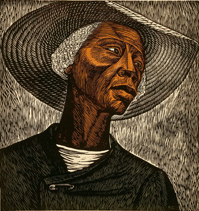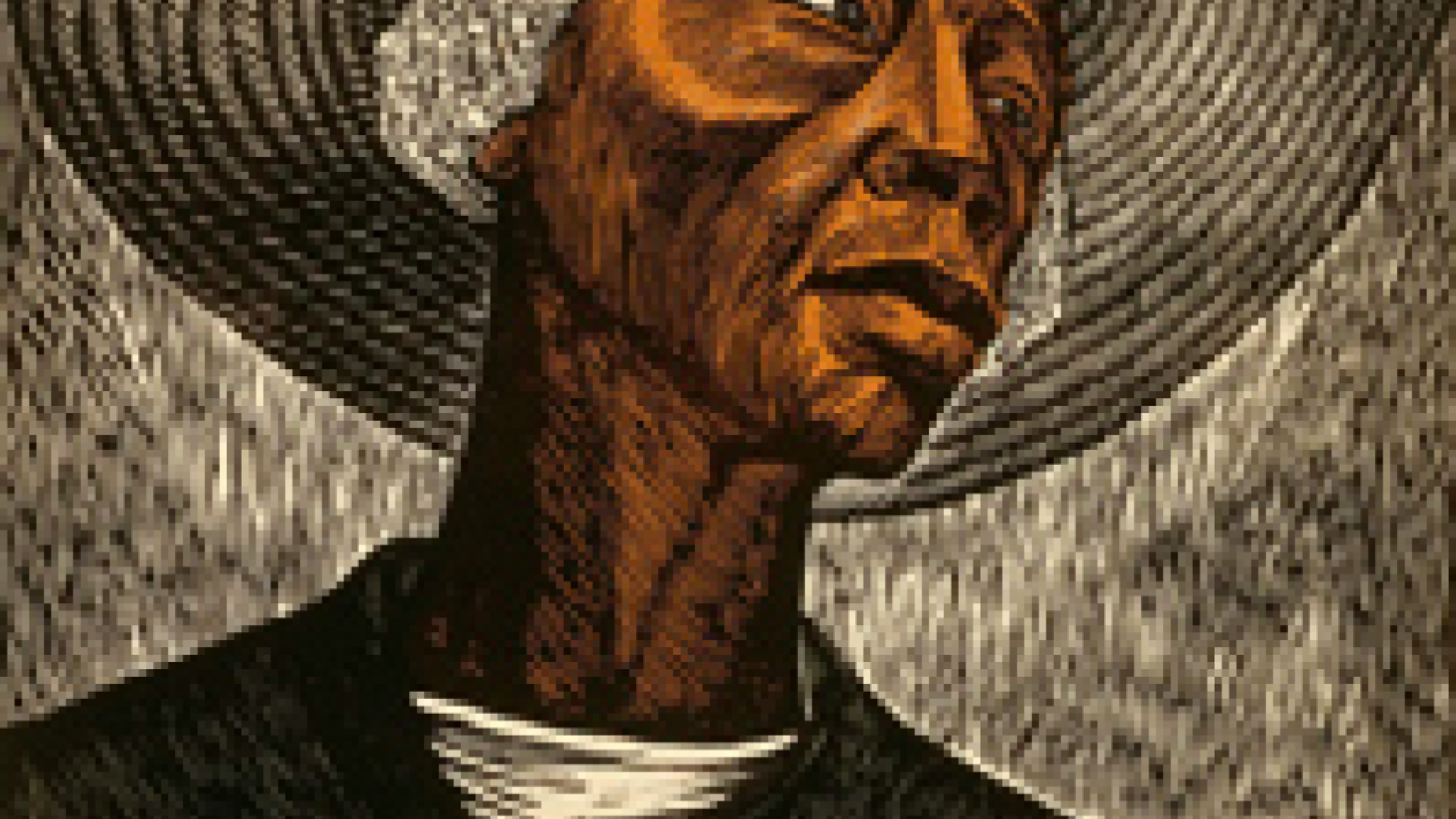(Hi)stories our bodies tell: Experiencing racism (Guest Post)
Guest post by Michelle Munyikwa

I am currently still reveling in Black History Month. Yes, it is no longer February. But I hope to retain that mindfulness, grasping onto this moment each year that forces us to pay attention to the stories of black peoples across America and draws into stark relief how histories have been written to erase the contributions of people of color. It is a month where we highlight the achievements of the African Diaspora and pay attention to how our present situation has come to be.
As I write this, I am sick. It’s just your run of the mill, achy-runny-stuffy cold, nothing serious. But it comes on the heels of two weeks of frantic activity, high stress, and seemingly endless midterms. Many of us experience this: just as we come out of a stressful period, our bodies break down, we get sick, and we are forced to rest.
But stress is broader and more serious than the worry of turning papers in on time, and the consequences can be much more detrimental than the occasional cold. While momentary stress can help us deal with an impending crisis – the oft-mentioned fight-or-flight response – chronic stress is linked to increased risk of disease. Stress has been linked to everything from heart disease to the ability to cope with cancer. There is also evidence to suggest that long-term social stressors are particularly challenging for us to deal with.
Nancy Krieger, a prominent social epidemiologist and idol of mine, describes embodiment as a concept that can help us examine how we “literally incorporate, biologically, the material and social world in which we live, from conception to death; a corollary is that no aspect of biology can be understood absent knowledge of history and individual and societal ways of living.” In other words, “bodies don’t just tell stories, they tell histories.” Embodiment is key in understanding how histories of resistance and struggle are written into our bodies and passed on through generations.
Human beings translate the stress of their life experiences into disease. But patterns of embodiment aren’t random. Who becomes sick, who dies early, and who survives reflect social arrangements of power and property, and are intricately linked to the legacy of race in America. Relative positioning within political and economic structures shape who has access to nutritious food, education, health care, and safe living and working conditions. I would like to talk specifically about how the experience of being a racial minority in America can contribute to illness.
Scholars have recently begun to examine the depth of experience of race-based and other forms of discrimination. Krieger’s Experiences of Discrimination measure, which is often used in these studies, asks whether they have experienced bias, whether in school, at work, out in public, or in seeking services at hospitals, restaurants, banks, and courts. The depth of these experiences is staggering.
This new line of research has yielded fascinating results. In terms of aging, experiences of racism have been linked to shortened telomere length. Telomeres, which are said to function much like the plastic tips on your shoelaces, are the protective tips of chromosomes that keep your DNA from sticking to itself and wearing down. Telomeres shorten each time your cells replicate, meaning that they are linked with aging. As your cells grow older and the telomeres shorten, eventually the cell will no longer replicate. This recent finding is so important because it suggests that racism accelerates is linked to acceleration of the process of aging, which has enormous implications for the health of marginalized populations.
However, the evidence is not all conclusive. While one study linked racial discrimination to an increased risk of mood disorders, and in turn cardiovascular disease, other studies disagree. For example, in a study which examined the association between racial discrimination and carotid artery calcification, a precursor to cholesterol plaque build up in the vessels around your heart, they were unable to find evidence for an association.
This contradictory evidence is confusing, though authors point to an important factor: the internalization of group attitudes. Their evidence suggests that internalization of negative beliefs about one’s own racial group carries its own toll.
It is not just the development of disease that may be affected by the experience of race. Once you become sick, treatment within the healthcare system varies. Alexandra Moffett-Bateau presents a compelling account of what it is like to live with chronic pain as a black woman in the US. She writes of seeking care for lupus that, “many of the doctors I encountered after I moved to the South, were more willing to believe that I was a drug addict than a PhD candidate.” Her story is emblematic of disturbing trends of unequal treatment along racial lines but also with respect to gender identity, immigration status, and disability. Not only are arrangements of illness and disease related to race, but they are also linked to gender, dispossession, sexuality, disability, class, and nationality.
Lest I seem to be relegating the role of people of color to victims, I want to highlight the strong work being done to provide access and agitate for better care. There is a long legacy of health activism among communities of color. It is clear that we are “sick and tired of being sick and tired,” and community advocacy efforts are striving to change the face of health inequality in the US.
We must contend with the questions of accountability and agency: teasing out these questions of responsibility is key for change. We need to ensure that everyone has access to a quality education, health food, and safe conditions. How to do this, of course, is up to debate. But that we must do it is no question. We need to be unafraid to say: Racism in America is alive and well, and inside us. While we are not still in the era of Jim Crow, manifestations of racism and other forms of discrimination, both structural and interpersonal, occur each and every day. It may not be overt. But its pernicious presence has grave consequences.
More from Michelle Munyikwa: Be vital. Be involved. And at Absolutely Maybe (originally published at Scientific American blogs).
The image of Sharecropper, 1952, printed 1970, color linoleum cut on cream Japanese paper by Elizabeth Catlett via Wikimedia Commons. Read more about this work and Elizabeth Catlett.
 Michelle Munyikwa guest blogged at Absolutely Maybe for the last month, and I hope that she will write here again. She studies at the University of Pennsylvania, and has her own blog at Michelle Munyikwa. You can follow her on Twitter: @mrmunyikwa.
Michelle Munyikwa guest blogged at Absolutely Maybe for the last month, and I hope that she will write here again. She studies at the University of Pennsylvania, and has her own blog at Michelle Munyikwa. You can follow her on Twitter: @mrmunyikwa.
